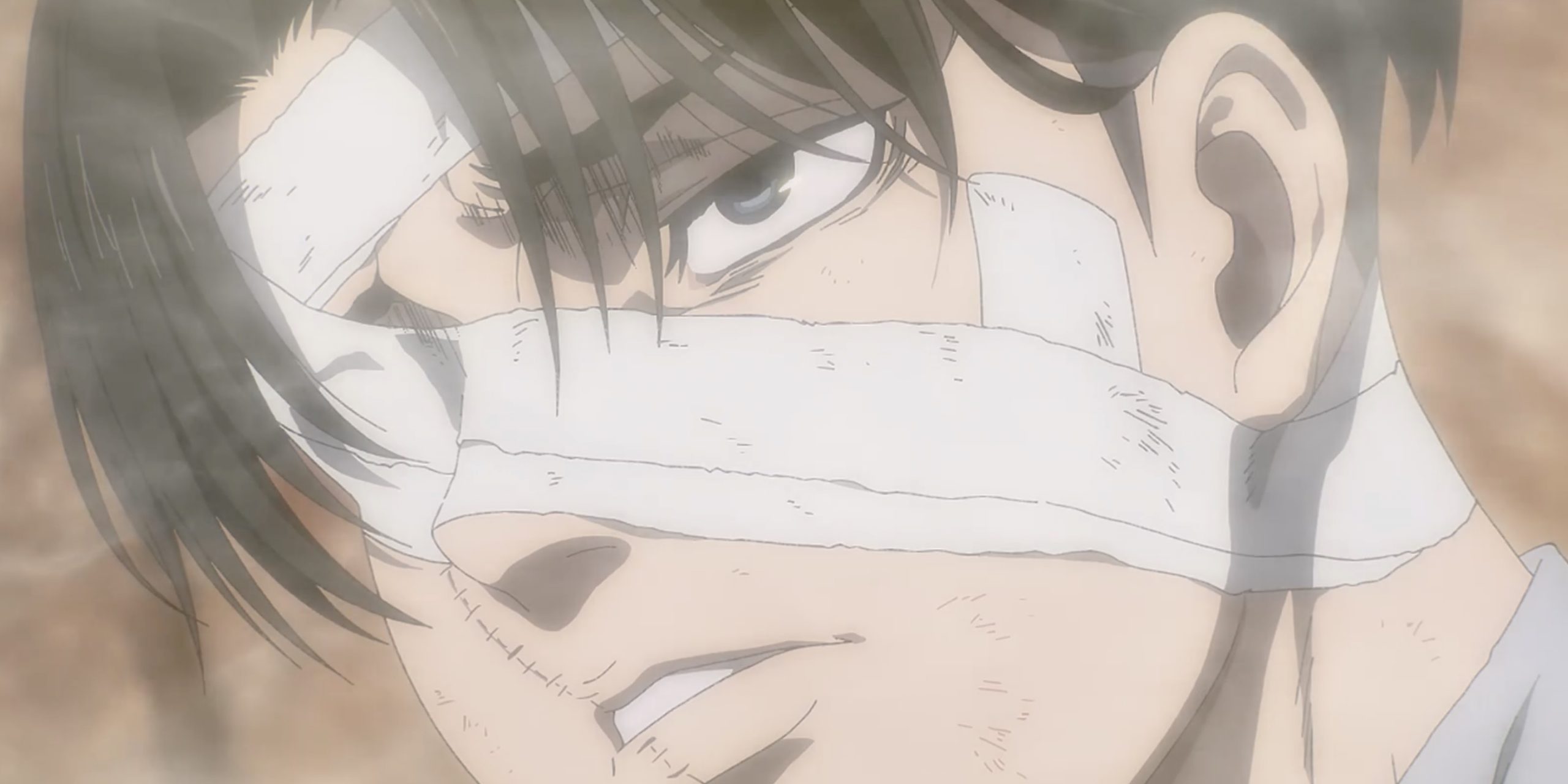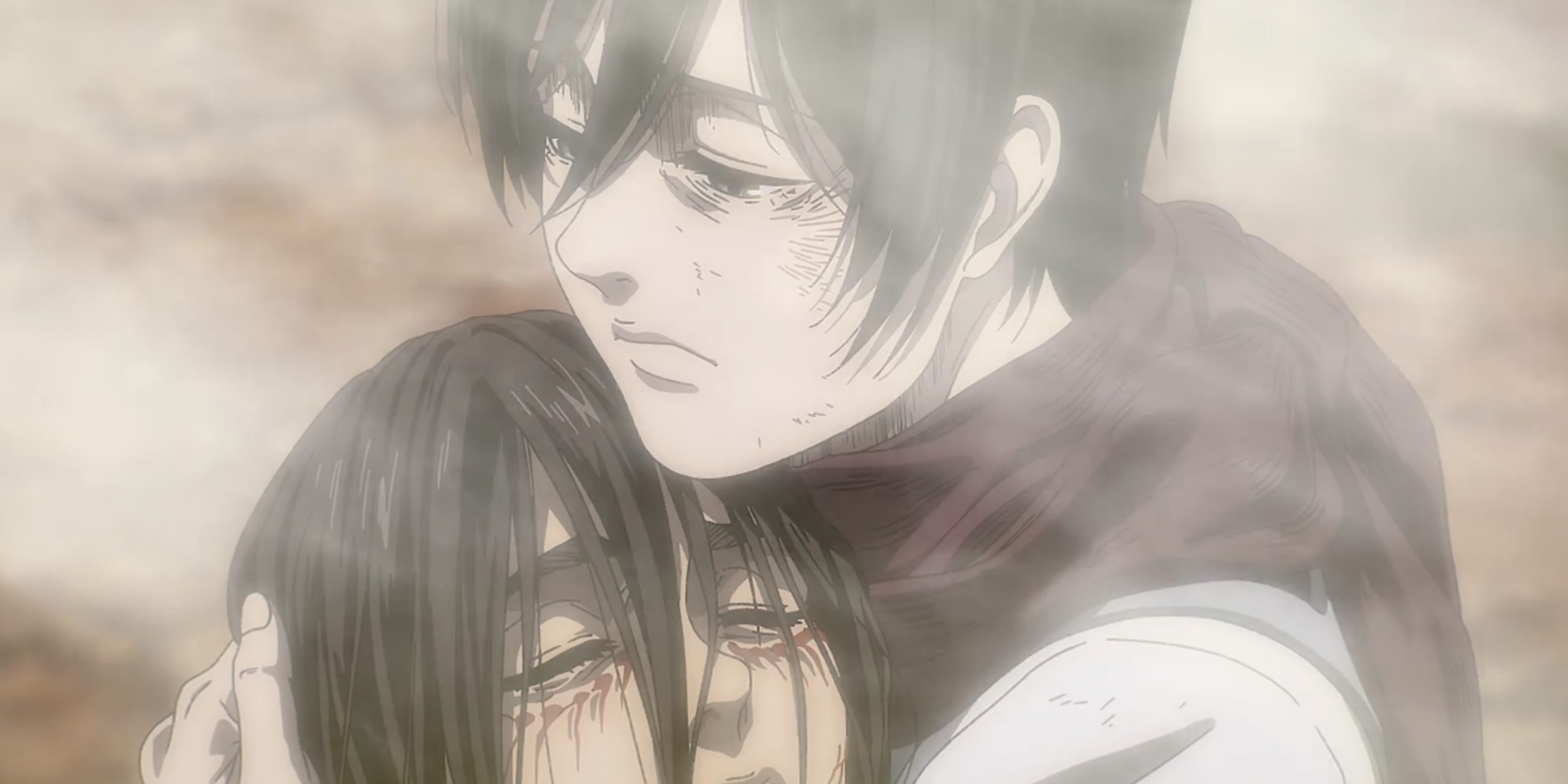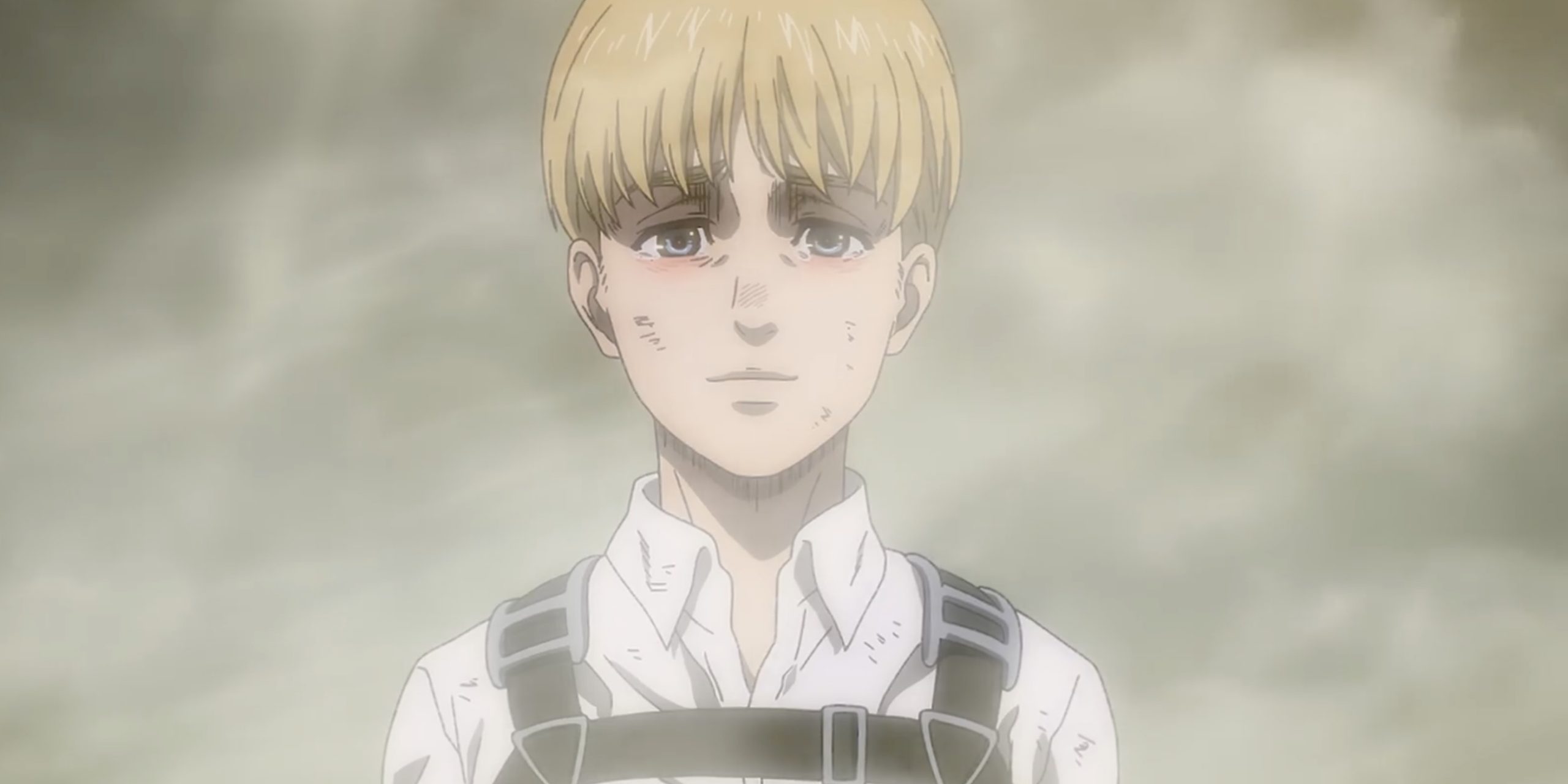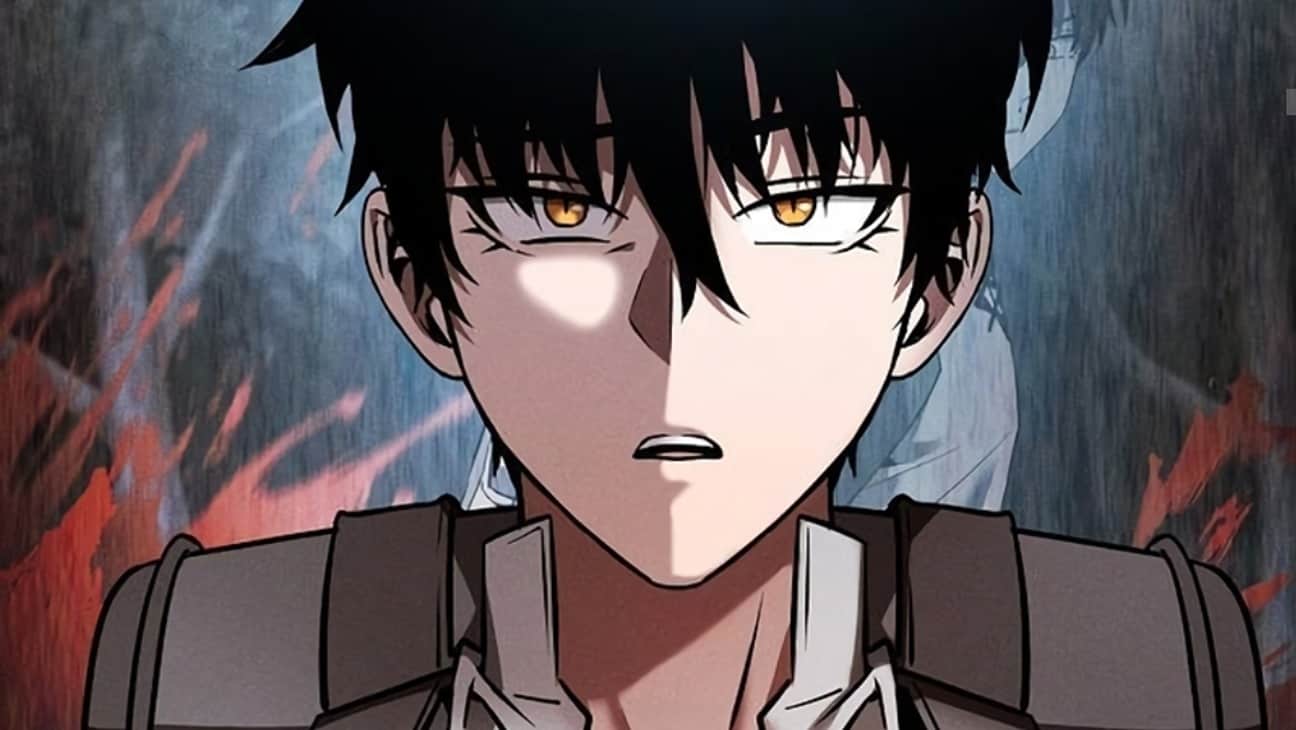The conclusion of the Attack on Titan anime was highly anticipated, as fans were desperate for an ending that would diverge from the controversial manga finale penned by Hajime Isayama.
Devotees of the series felt betrayed by the original ending in the manga and expected the anime adaptation by MAPPA to take the story in a bold new direction. At the same time, it made them wonder if Attack on Titan anime and manga have Different endings.
There were noticeable differences between the anime and manga endings, particularly in some of the most hotly debated scenes. While the core narrative beats remained largely similar, the anime version reworked certain plot points that came across as disjointed or baffling in the manga.
Key moments regarding Eren, such as his motivations and emotional state, were also expanded upon in the anime, allowing for richer characterization and insight into the enigmatic protagonist.
THANK YOU MAPPA!!! #ShingekiNoKyojin #AttackOnTitan pic.twitter.com/uvgqcG4O3h
— T (@PyskosX) November 4, 2023
Additionally, some character arcs were given more screen time in the anime, such as Armin’s role as the Colossal Titan.
The expanded epilogue also provided welcome closure regarding the fates of fan-favorite characters that were lacking in the manga’s abrupt ending. While the anime’s conclusion did not completely rewrite the ending, it smoothed over divisive elements, fleshed out central character arcs, and overall enhanced the finale’s emotional impact.
Though the divergences did not fundamentally transform the conclusion, they helped improve upon moments in the manga resolution that were criticized as rushed or underwhelming.

The anime brought much-needed nuance and poignancy to the ending while still adhering to the core themes and narrative Isayama envisioned. In the eyes of many fans, the anime version succeeded in delivering a more satisfying conclusion to the epic saga.
Is Attack on Titan Anime and Manga Have Different Endings?
The ending of the Attack on Titan anime came across as an attempt to refine some of the more questionable moments from Hajime Isayama’s divisive manga conclusion.
Certain controversial scenes, including Eren’s sudden emotional outburst about Mikasa with Armin, were subtly adjusted in the anime to feel less disjointed and jarring for viewers. However, the amount of new content added was relatively modest compared to the ambitious expectations of many fans.

For example, one added scene depicted Gabi and Falco peacefully planting seeds together, underscoring the narrative’s themes around breaking free of war’s cycle of hatred.
This provided a bit more optimistic closure. Additionally, interactions between Eren and Mikasa were extended, giving more emotional weight to their tragic relationship.
Eren’s climactic conversation with Armin still featured a breakdown, but the anime structured the scene to flow better narratively. Armin’s harsh verbal condemnation of Eren as a mass murderer was also expanded in the anime to land more naturally.
The anime epilogue impactfully visualized Paradis being bombed, making the tragic aftermath of Eren’s actions more tangible and hard-hitting, though this event was also part of the manga.

Overall, while the anime ending did not make huge, sweeping changes, it modestly refined certain interactions and pivotal scenes that many felt were fumbled in the manga.
For fans disappointed with Isayama’s conclusion, the anime provided some helpful narrative polishing and catharsis without deviating wildly from the source material. The result was a more elegant, emotionally resonant finale that smoothed the manga’s rougher edges.
What Fans Think About Attack on Titan Anime Ending?
It is still early days in assessing the overall reception to the Attack on Titan anime ending, given it has only just been released. However, initial reactions indicate it has been better received compared to the manga conclusion written by Hajime Isayama. This makes sense, considering Isayama collaborated with the MAPPA studio to provide a more fleshed-out finale.
For those who have yet to watch, it is worth noting the changes and additions do not fundamentally alter the ending’s overall shape. The general narrative structure remains intact, and none of the controversial moments were removed. Instead, MAPPA made targeted extensions and tweaks to improve the logic and flow of certain scenes.
In essence, it is the same ending with some useful embellishments to enhance it over the original. Each viewer will have to weigh in on how satisfying the adapted finale feels. However, the collaborative efforts between Isayama and MAPPA have resulted in an ending that appears to resonate strongly emotionally upfront compared to the manga source material.




